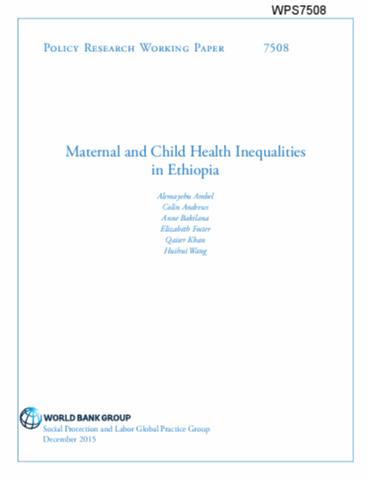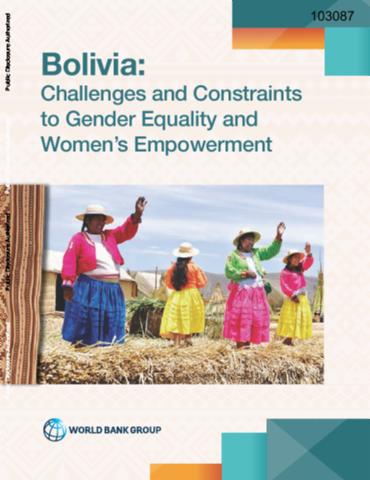Conflict and food insecurity: How do we break the links?
Food and nutrition insecurity are becoming increasingly concentrated in conflict-affected countries, affecting millions of people. Policies and interventions that build resilience to these shocks have the power to not only limit the breadth and depth of conflict and violence around the world, but also strengthen national-level governance systems and institutions.







